Roseola is a common, infectious childhood disease. It is usually mild and caused mainly by herpes viruses – herpesvirus 6 (HHV-6) and, less frequently, herpesvirus 7 (HHV-7). It most often occurs in young children between 6 and 24 months of age.
It typically presents with a high fever of up to 40 degrees Celsius, lasting 3 to 5 days. After the fever suddenly subsides, a pink, macular, or papular rash appears (first on the trunk) without itching. Roseola is a disease that goes away independently, and only symptomatic treatment is possible. It's usually not serious. Sometimes, a high fever can cause complications.
This disease is known by various names, such as:
Roseola is caused by viruses from the Herpesviridae family, specifically HHV 7 and HHV 6. The VZV virus responsible for chickenpox and shingles belongs to the same family of viruses. The sixth disease most often develops in young children. Its characteristic features are high fever and rash. It is easy to become infected with the viruses that cause infection from sick people.
Because different viruses can cause disease, re-infection is possible.

HHV-6 virus is considered responsible for around 45% of febrile infections in infants, according to experts. It is more prevalent in females and children with older siblings. These infections tend to occur most frequently during the spring and autumn seasons.
A three-day fever is caused by the infection of HHV6 and HHV7 viruses, along with other less common viruses. This is why children may experience multiple episodes of a three-day fever. The main source of infection is through direct contact with a person who is spreading the virus, usually through saliva and other bodily fluids. It can also be contracted by touching surfaces contaminated with the virus.
Most often, the source of infection is a sick child, and less frequently, an asymptomatic adult carrier.
Roseola is infectious, and its contagiousness is very high. This means that you can become infected from a person who has symptoms of the disease and from an individual who does not show any signs – the person’s body may excrete the virus but does not show it in the form of symptoms.
It often poses a threat because parents may send their child to the nursery without knowing that their child is sick and may infect other children.
Roseola is a disease that develops slowly – the virus incubates from 5 to 15 days![]() . However, symptoms appear suddenly, which may cause concern for parents. The sixth disease in children has a characteristic course – initially, a high fever appears. The temperature may rise to up to 40 degrees Celsius. The fever lasts 3-5 days. Because it lasts about three days in most children, the disease is called a three-day fever. A sudden increase in temperature may be accompanied by:
. However, symptoms appear suddenly, which may cause concern for parents. The sixth disease in children has a characteristic course – initially, a high fever appears. The temperature may rise to up to 40 degrees Celsius. The fever lasts 3-5 days. Because it lasts about three days in most children, the disease is called a three-day fever. A sudden increase in temperature may be accompanied by:
As the high fever subsides, a rash appears on the skin.
The classic roseola disease in children begins with a fever that can reach 40 degrees Celsius and lasts 3 to 5 days. Fever is accompanied by a deterioration of general well-being and irritability, although children may appear well and more active once their body temperature is lowered.
Fever may be accompanied by symptoms resembling a common cold, such as cough, sore throat, and runny nose, although they do not occur in every sick child.
In about 60% of cases, red lumps appear on the soft palate, called Nagayama spots![]() .
.
Less common symptoms that may accompany fever during the disease include conjunctivitis (inflammation of the front membrane of the eye), swollen eyelids, ear inflammation, diarrhea, vomiting, and a bulging fontanel (“soft spot” on baby's head).
The child develops a pink or red macular or maculopapular rash as the fever decreases. The spots are usually from 2 to 5 millimeters in size. It usually starts on the trunk and then spreads to the neck, face, and limbs. The lesions can be challenging to see on brown or black skin.
Generally, the three-day fever rash does not itch or cause any discomfort.
The rash usually lasts 1 to 2 days![]() .
.
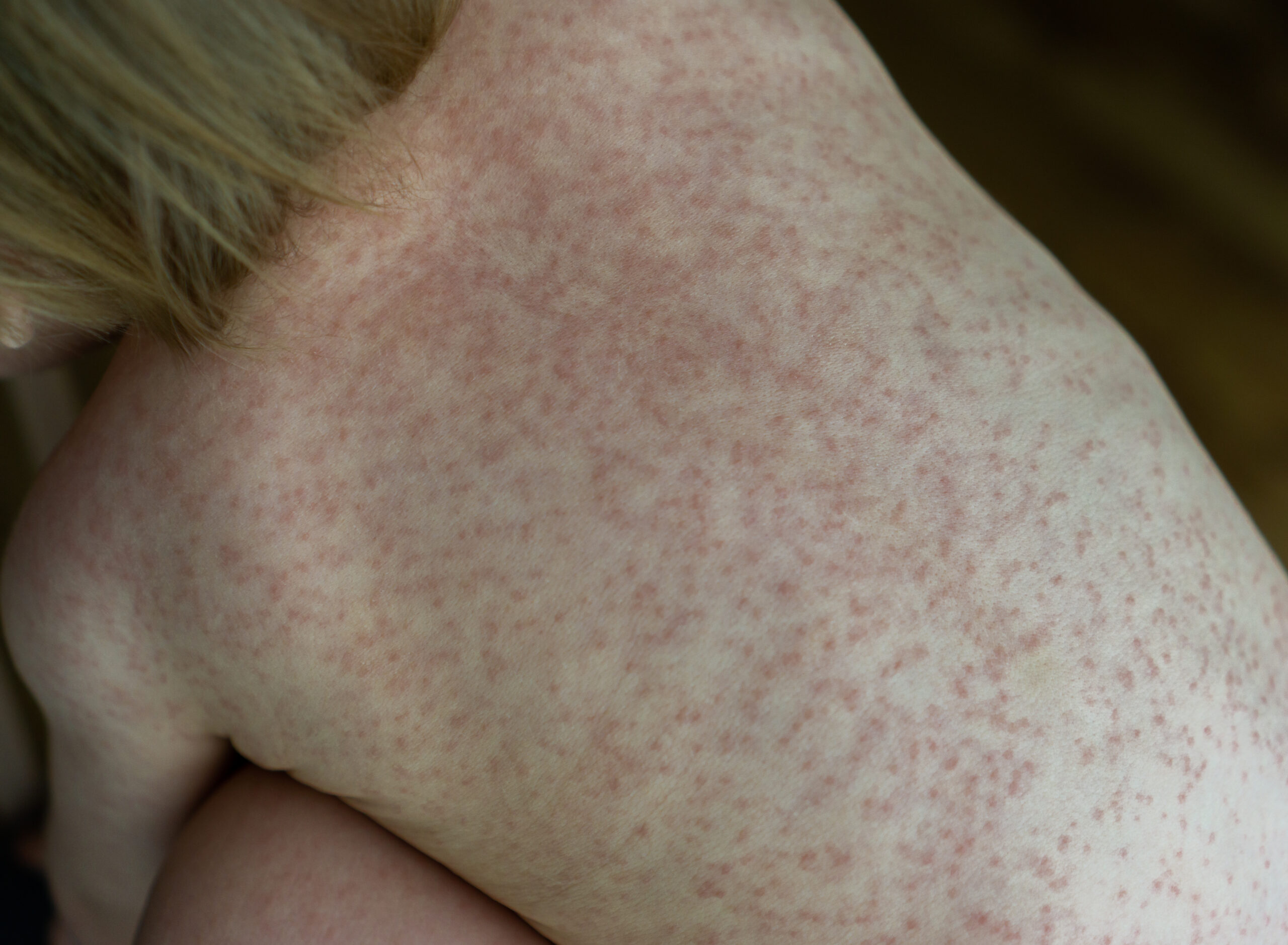
Roseola is one of the most common childhood diseases. Still, it can also occur in adults, especially those with weakened immunity, e.g., patients with AIDS or after bone marrow transplantation.
If the disease occurs, the symptoms of three-day disease in adults![]() resemble mononucleosis. The patient has a high fever, weakness, fatigue, and muscle pain. To exclude mononucleosis, it is recommended that people who notice the above symptoms contact their doctor for a detailed diagnosis. Rarely, adult infection can cause severe disease, including brain inflammation.
resemble mononucleosis. The patient has a high fever, weakness, fatigue, and muscle pain. To exclude mononucleosis, it is recommended that people who notice the above symptoms contact their doctor for a detailed diagnosis. Rarely, adult infection can cause severe disease, including brain inflammation.
Tests are rarely necessary in patients with the classic course of roseola. However, they are sometimes ordered in children with unusual symptoms or in the event of febrile seizures.
Roseola is usually diagnosed based on its characteristic symptoms: a fever lasting three to five days, followed by a sudden decline in a rash.
Differential diagnosis includes several other infectious diseases with rash (e.g., scarlet fever, rubella), ear infection, and drug allergies. In children receiving antibiotics, the later onset of a rash is sometimes misinterpreted as an allergic reaction to the drug.
After diagnosing, your doctor will tell you how to care for your child and when you should seek urgent medical help.
Treatment of three-day fever depends on the clinical symptoms present. The child should be given plenty of fluids because the body may become dehydrated during a fever.
It is also worth taking care of nourishing the body. If your baby has a poor appetite, you can use nutritional supplements, which should be discussed with your pediatrician first.
The leading group of drugs used during the disease are drugs that lower body temperature, i.e., antipyretics. In children, it is ibuprofen or paracetamol. Antipyretics, such as ibuprofen or acetaminophen, do not accelerate the recovery process. Nonetheless, they can greatly enhance the well-being of children.
The rash that accompanies roseola generally does not necessitate any form of treatment. It usually does not provoke itchiness or discomfort in the child. Therefore, there is no necessity to introduce any remedies to alleviate the rash.
The sixth disease is a viral infection. Therefore, antibiotics cannot be used in its treatment since they only treat bacterial infections.
The basis of treatment is the administration of antipyretic drugs. Paracetamol or ibuprofen are used in children. Both substances are effective antipyretics that are well tolerated by children and rarely cause side effects.
When it comes to managing a child's fever![]() , it's important to keep a few key guidelines in mind:
, it's important to keep a few key guidelines in mind:
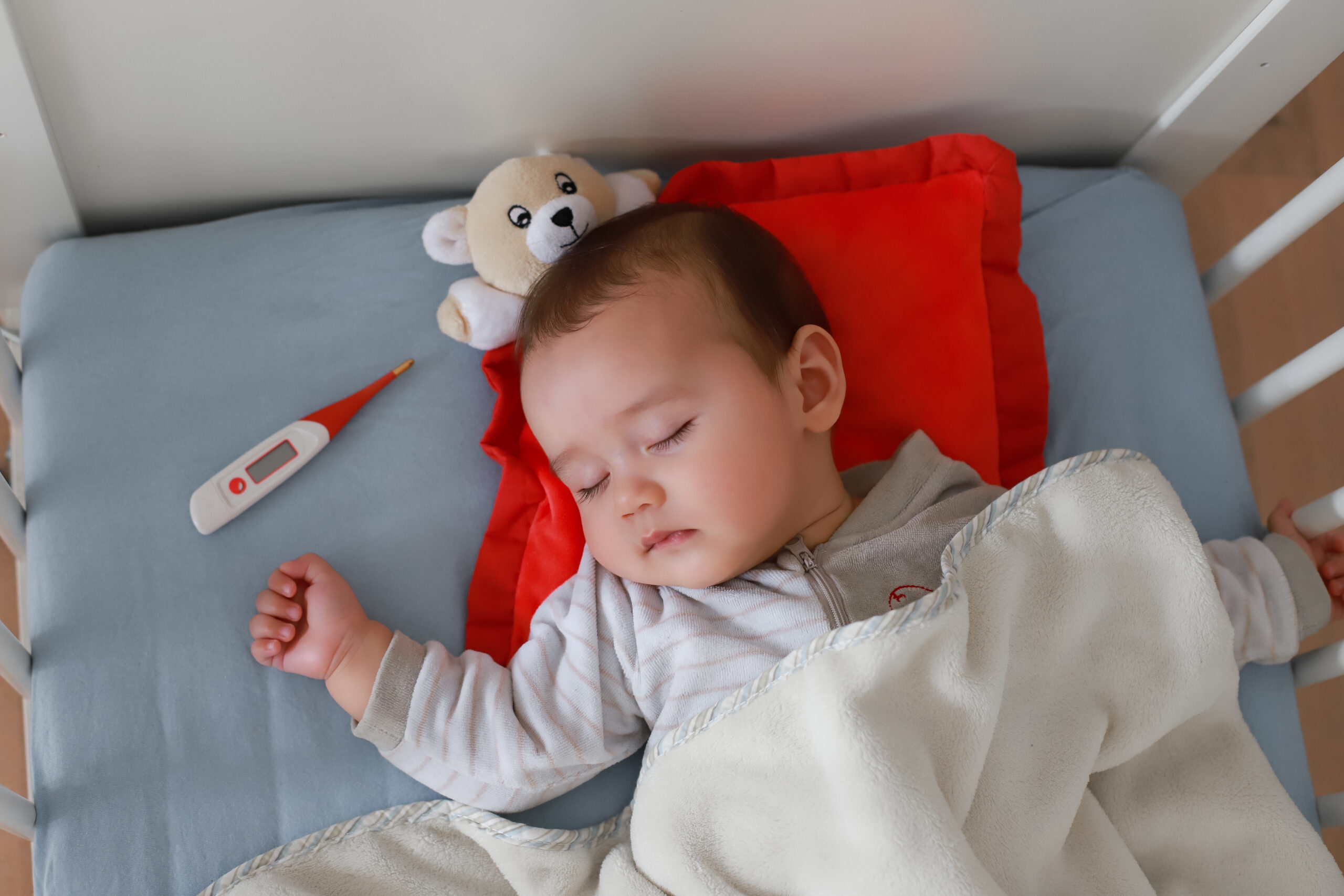
Reye's syndrome is a disease that affects children and young adults after suffering from viral infections such as flu or roseola.
Reye's syndrome is a sporadic yet severe illness that affects multiple organs, with the liver and brain being the most vulnerable. Primarily affecting children aged 5 to 14![]() , the precise cause of this disease remains unidentified. However, researchers have discovered a correlation between Reye's syndrome and the usage of acetylsalicylic acid in children.
, the precise cause of this disease remains unidentified. However, researchers have discovered a correlation between Reye's syndrome and the usage of acetylsalicylic acid in children.
Typically, patients develop Rey's syndrome in the fall and winter, which is the time when the incidence of various types of infections is highest.
The number of patients with Reye's syndrome has decreased because doctors are now aware of the link between the disease and salicylates and do not recommend preparations with acetylsalicylic acid to children under 14.
Although roseola is very contagious, it is not life-threatening in most cases, and lifelong immunity is produced during its duration.
Remember, however, that three-day fever is caused by several different types of the Herpes virus (HHV-6 or HHV7), so a single illness provides the child with immunity against a given virus but does not protect them against repeated infection, e.g., with the HHV-7 virus. For this reason, it is possible to undergo the sixth disease more than once.
Roseola infection in children and adults can occur throughout the year, but most cases are diagnosed in autumn and spring![]() .
.
Febrile seizures (fever-related) are the most common complication of three-day fever. Other complications are infrequent. Possible complications include hepatitis, thrombocytopenia (low platelet count), and heart inflammation.
The HHV6 virus can cross the blood-brain barrier, which is associated with the occurrence of this complication. Some children may experience febrile seizures during the fever phase of the disease. It is estimated that they affect 15%![]() of children.
of children.
During a febrile seizure, the child may experience the following symptoms:
Other symptoms that may occur include vomiting and drooling. Fever-related seizures occur mainly in children in the second year of life. They usually last up to 5 minutes.
Although usually, they do not pose a threat to the child and have not been proven to in any way interfere with further development, febrile seizures in a child can be highly stressful for the parent. Therefore, it is worth knowing about the possibility of their occurrence.
Convulsions occurring during fever are more common in children with such episodes in the family.
During a seizure, provide the child with a safe environment and remove objects that could hurt them. Remember to never give your child any antipyretic drugs orally during an attack.
Count the time from the beginning of the seizure – if the convulsions last longer than 5 minutes, call an ambulance. The occurrence of febrile seizures for the first time always requires consultation with a doctor.
The occurrence of febrile seizures does not mean that your child has epilepsy. Epilepsy is a disease in which many seizures are not caused by fever.
There is no vaccine for roseola. You can lower the chance of catching it by avoiding children with fever. If your child has it, remember to keep them home until they have a high temperature. This can help protect others from getting infected.
Avoiding crowded places, washing your hands regularly, and disinfecting them after touching frequently touched surfaces such as door handles help prevent viral infections such as roseola.
It's usually possible to care for your child at home when they have a three-day fever. Here are some suggestions to ensure their comfort, minimize complications, and prevent the spread of infection to others:
Roseola, if mild, can initially be treated at home. However, sometimes a visit to the doctor is necessary. You should contact your pediatrician if:
When diagnosing, roseola is indicated by the characteristic order in which the clinical symptoms appear and by a non-itchy rash around the third day. The course of the disease may be similar to Boston disease, chickenpox, or other infections in which a rash is a symptom.
Three-day sickness in children may initially present as an ear infection, pharyngitis, or other upper respiratory tract infections. Always consult a medical professional if you have doubts or are worried about your child's condition.
Table of Contents
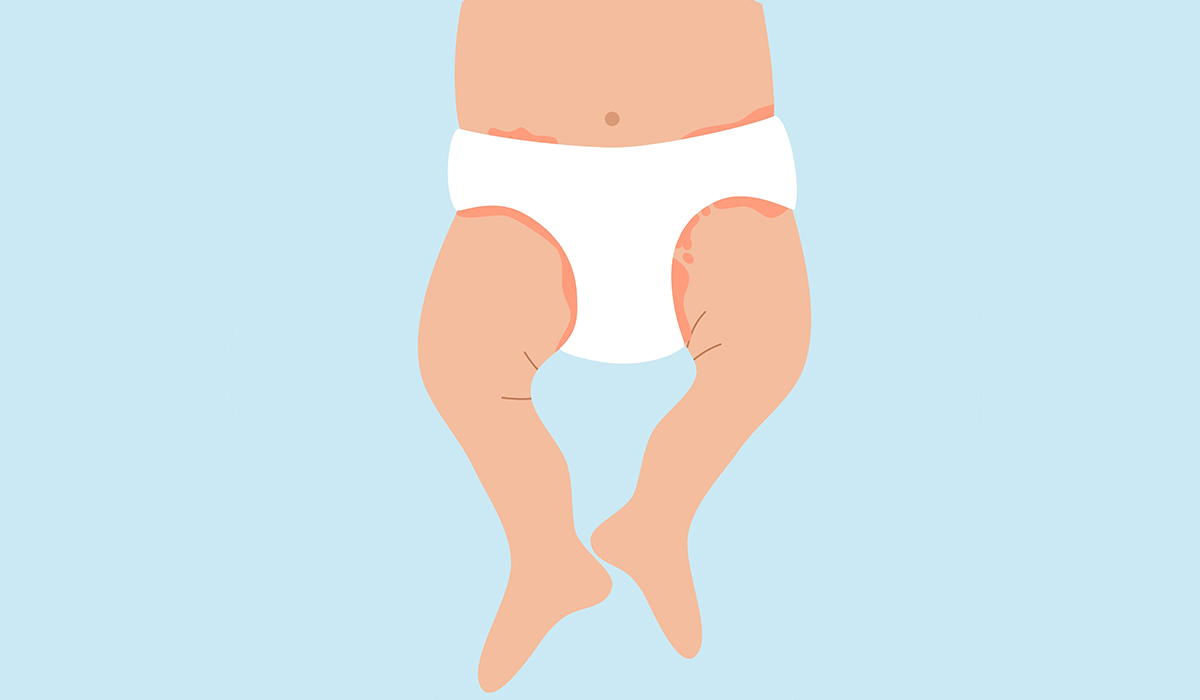
Diaper rash is when little kids and babies sometimes get a rash from wearing nappies if their skin is wet… read more »
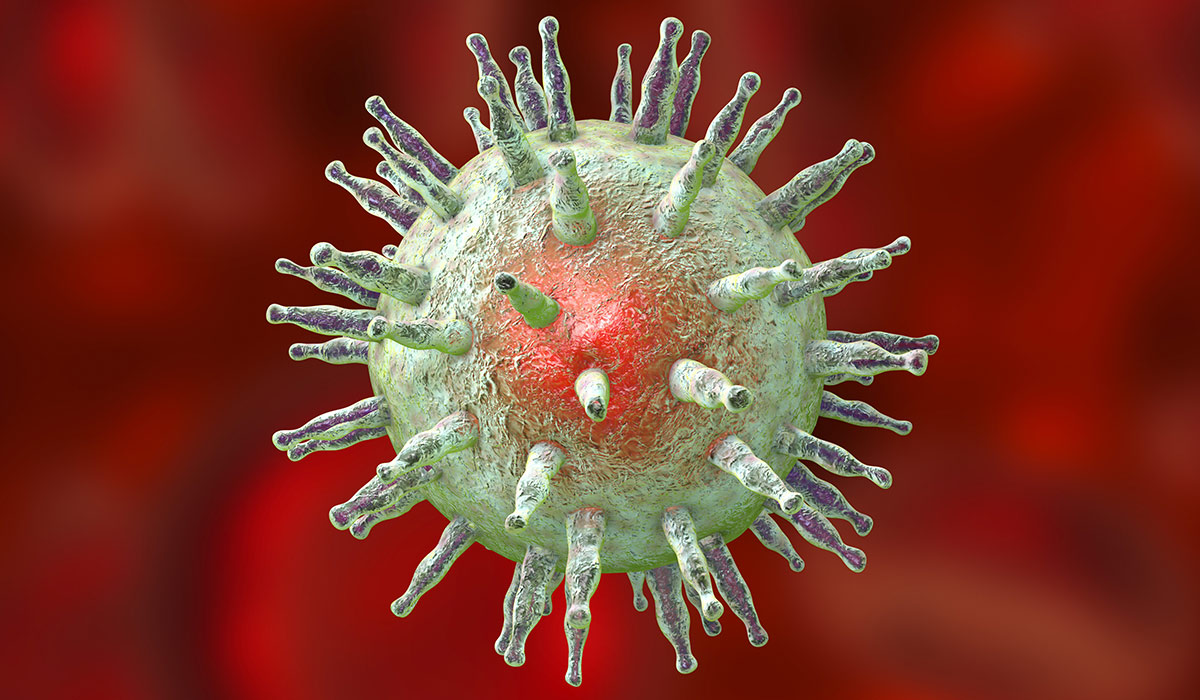
Epstein Barr Virus is a pathogen that causes infectious mononucleosis and many other diseases. Learn about the risks associated with… read more »
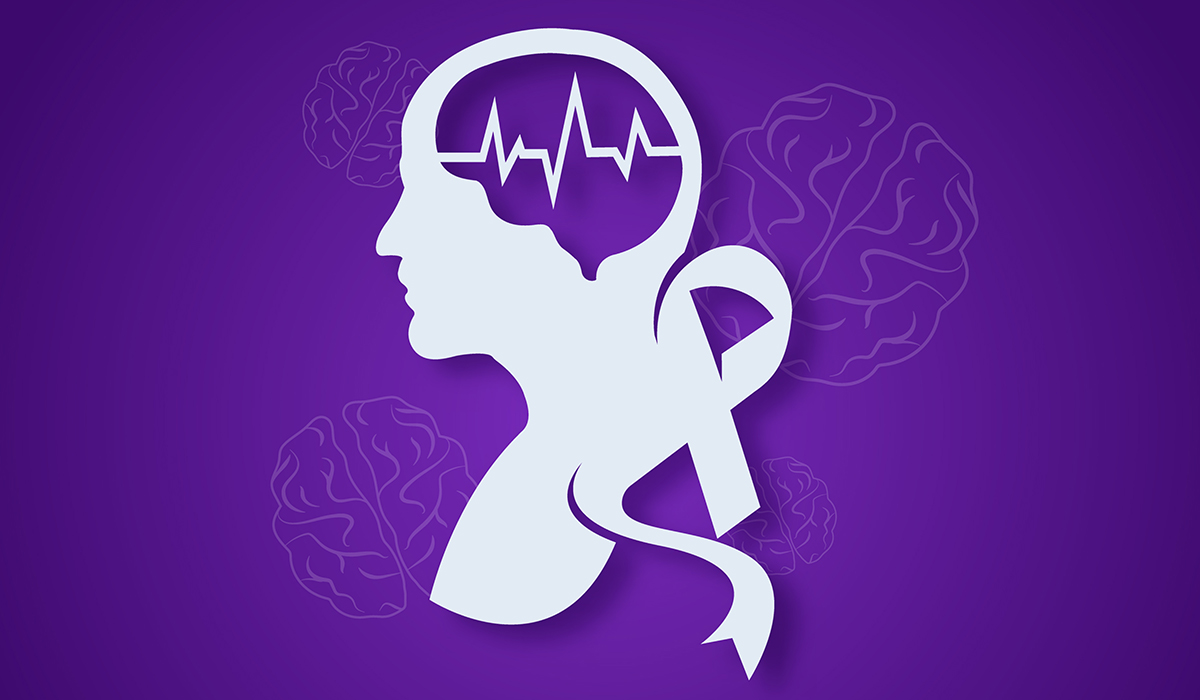
Epilepsy is the result of abnormal functioning of cerebral cortex cells. How does it manifest itself? How is epilepsy diagnosed… read more »
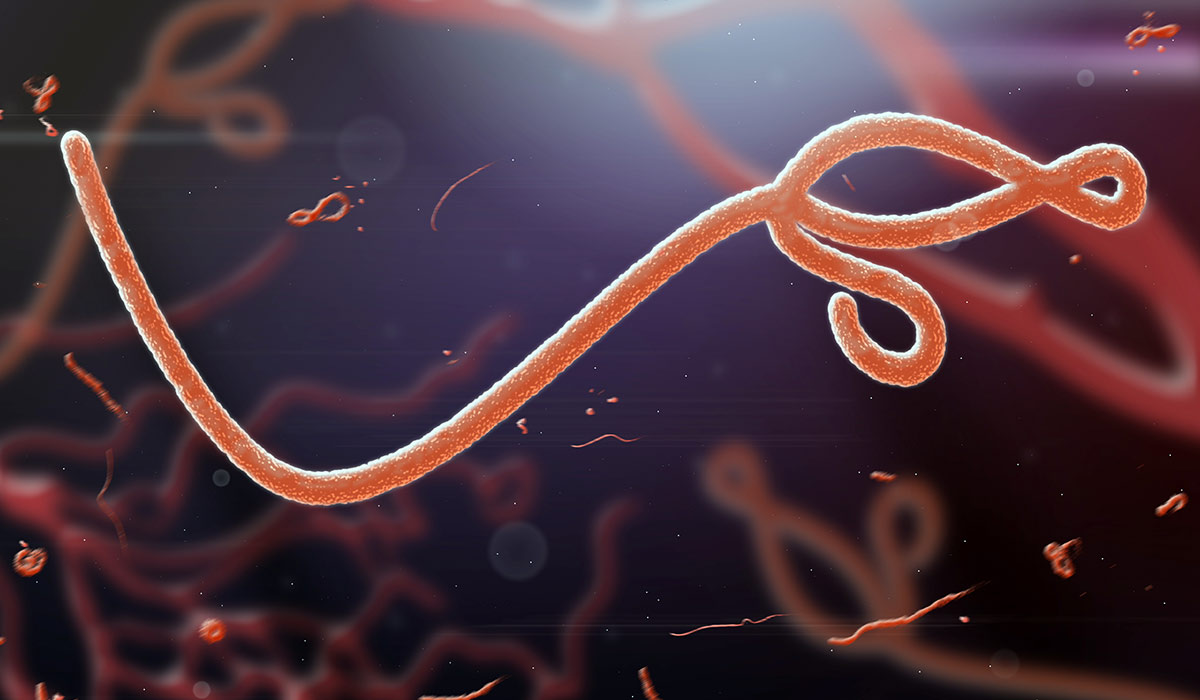
The Ebola virus continues to pose a threat to those living in Africa. Learn about the risks associated with Ebola… read more »
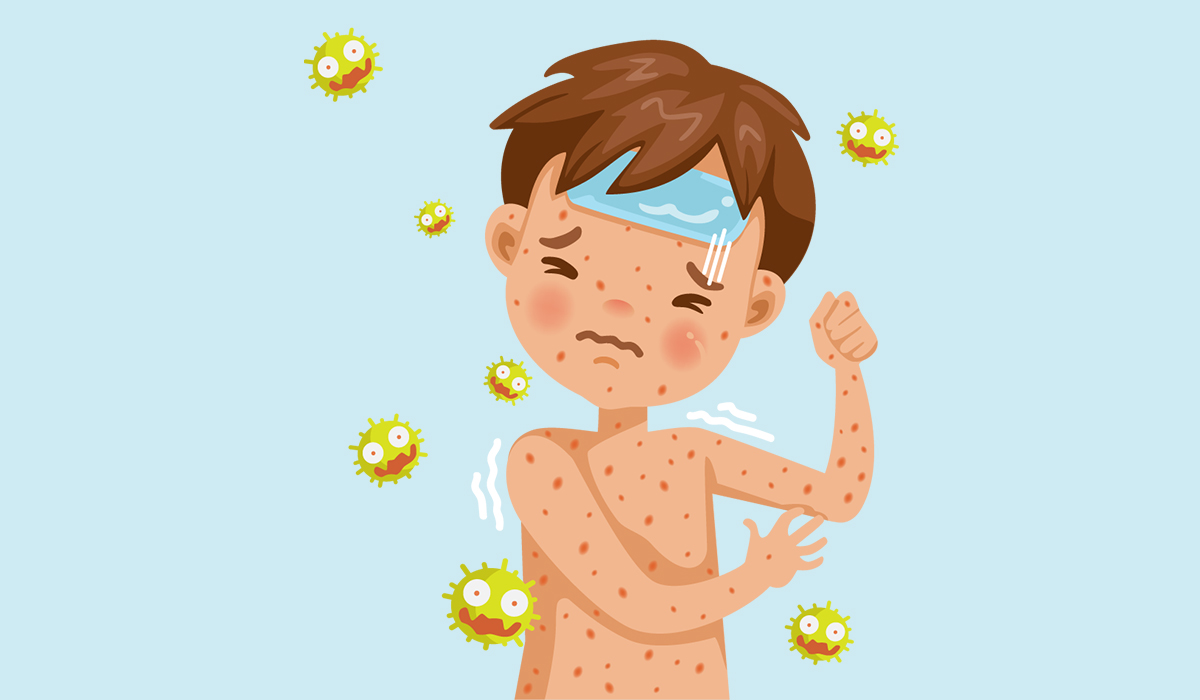
Rubella is an infectious disease caused by a specific type of virus. It is most commonly diagnosed in children. Find… read more »
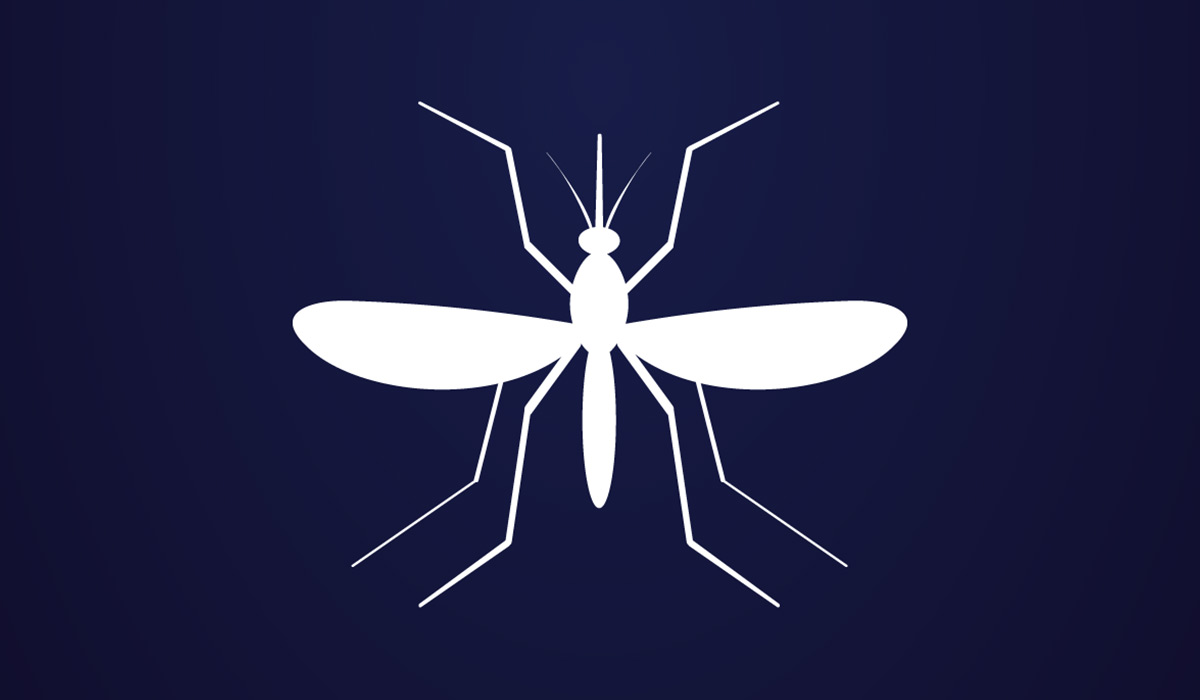
West Nile Virus is a threat not only to Africans. Fortunately, most patients pass the infection mildly, but there are… read more »
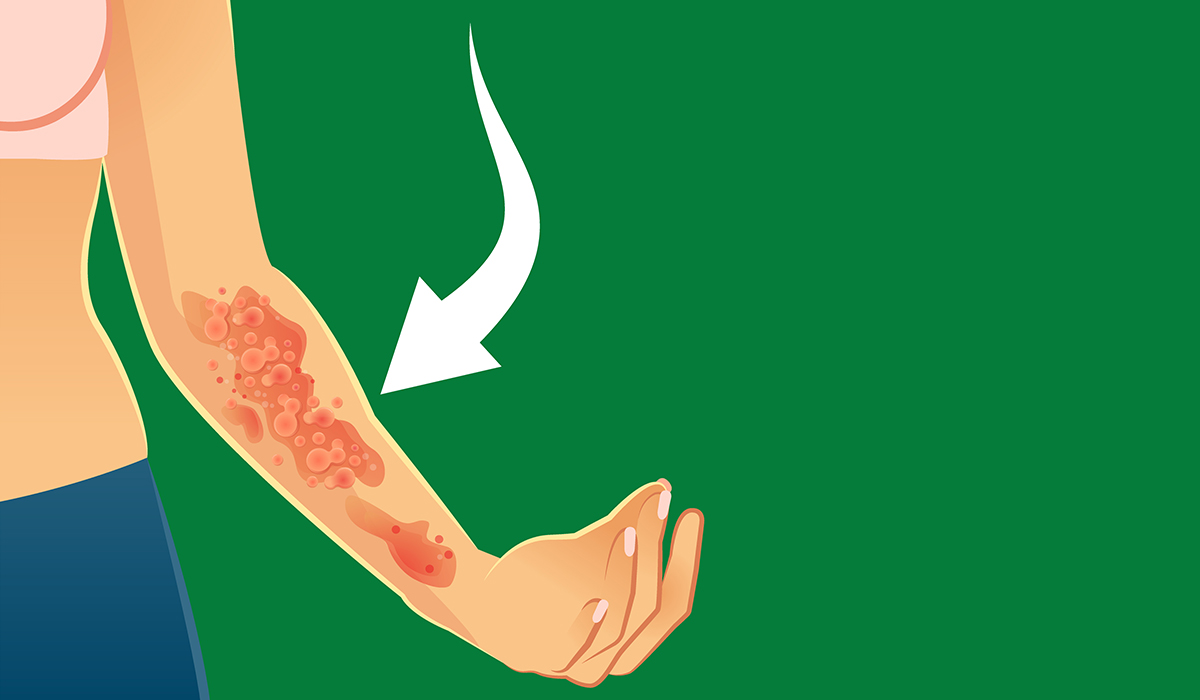
Poison ivy rash is a common type of skin rash caused by poison ivy, a plant native to North America… read more »
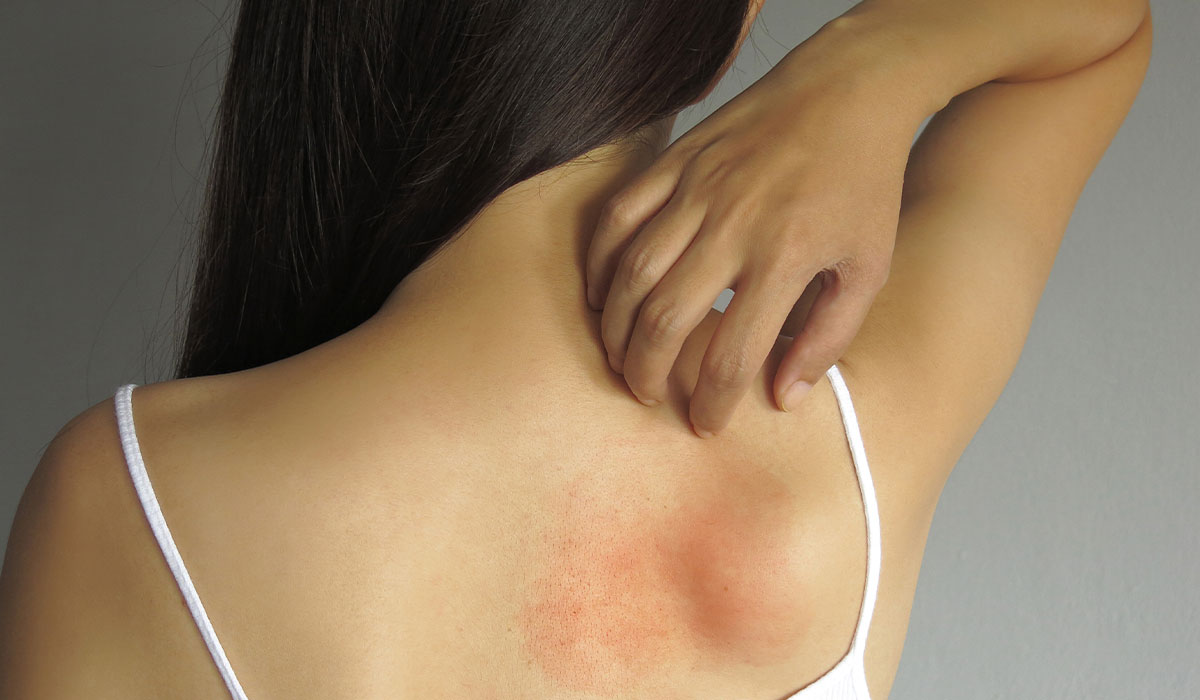
Heat rashes are skin lesions. They occur as a result of excessive sweating due to overheating of the body and… read more »

Herpes is a viral infectious disease that most often affects the lip area. Herpes virus infections are common. What does… read more »